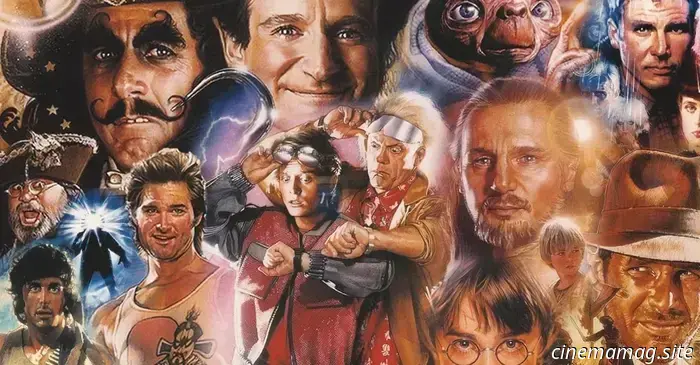
Reasons Why the 80s and 90s Were the Most Enjoyable Period for Cinema
Reflecting on the 80s and 90s, it’s clear why this period was the most fulfilling for moviegoers. Gather around, young ones, as I take a fond look back at my formative years, which likely represent the peak of cinematic enjoyment. While cinema enthusiasts had always been captivated by films before the 80s and 90s, and viewers today still enjoy the art of film, I’ll explain why the era of the 80s and 90s was truly special for movie watching.
The Shift in Cinema Focus
Before blockbusters like Jaws and Star Wars, the primary audience for films was adults. It made sense to cater to those who were more likely to spend money. The late 60s to 77 saw an extraordinary creative period in Hollywood, with emerging filmmakers from film schools producing works in the post-Hays Code era, challenging the norms of film ratings.
We experienced gritty, impactful, and thought-provoking cinema characterized by raw violence and a generally pessimistic tone, reflecting the social and political challenges of the time. Films exploring themes of paranoia and crime dominated. However, the success of Jaws and the massive cultural impact of Star Wars indicated that cinema was transitioning into a family-centric experience. Although event films like war epics and westerns had enjoyed popularity, they weren't always seen as suitable for children. Star Wars ignited the imaginations of kids who had previously only seen lower-budget films or occasional classics like The Wizard of Oz, which didn’t catalyze a cultural shift in the same way George Lucas's work did.
By the 80s and into the 90s, studios began focusing primarily on box office hits designed for family audiences. The drive to attract younger viewers became so pronounced that even films with adult themes, such as RoboCop and A Nightmare On Elm Street, resonated with kids, resulting in cartoons, games, and merchandise aimed at them. There’s even a famously sanitized television version of RoboCop that eliminated profanity and graphic violence, which I estimate must have cut about 11 minutes from the original.
My first major cinematic experience was seeing Masters of the Universe, a big deal for me despite its poor critical reception and lackluster box office results. In 1993, however, my first truly all-encompassing event film was Jurassic Park. While I had seen numerous films before, Jurassic Park felt like a shared cultural experience where everyone had seen it and owned related merchandise. It had an unprecedented popularity that we rarely witness today, even with the franchise’s current presence.
The 80s launched blockbuster season with significant momentum, solidifying its place in 90s culture. Each year seemed to produce at least half a dozen classic films that audiences of all ages could obsess over and that became part of the cultural landscape. Watching the films, discussing them, rewatching, and enjoying related games was a delightful experience, especially since rather than mirroring harsh reality, audiences were provided with grand, entertaining escapism.
The Home Video Revolution
Another factor contributing to the peak of movie enjoyment in the 80s and 90s was the emergence of home video. Suddenly, the average person could watch films in the comfort of their home. What began as a novelty for the middle class transformed into every household possessing a VHS player with a video rental store in each town.
This shift meant families no longer had to deal with the hassle of taking the kids to the theater; they could simply rent a tape from a local store or, if they dared, a Blockbuster Video, assuming the desired film was in stock.
The experience was not solely about watching a movie but also involved visiting video rental stores—an adventure in itself. Sifting through a plethora of VHS covers was part of the fun, where many were picked out based on the eye-catching artwork instead of known titles. As one matured and became independent, these stores became social hubs for friends to gather and discuss films with one another and often with the store staff. The DVD era maintained some of this spirit, but it never quite matched the warmth and necessity of the VHS years.
The Artwork
This year has seen the loss of many cinema icons, both in front of and behind the camera, including renowned artists Drew Struzan and Renato Casaro. If their names don’t ring a bell, you’ll undoubtedly recognize their artwork. The 80s and 90s marked the golden age of film poster art, particularly with stunning hand-painted designs.
Drew Struzan provided unforgettable images for films like First Blood, Back to the Future, Masters of the Universe, the Star Wars saga, and Indiana Jones, among others. Renato Casaro was the creative mind behind the art for Conan the Barbarian, the Rambo sequels, The Neverending Story, Flash Gordon, and more. I also cherished the artwork for films such as Labyrinth (by Ted Coconis) and virtually every VHS cover associated with Conan or Mad













Other articles
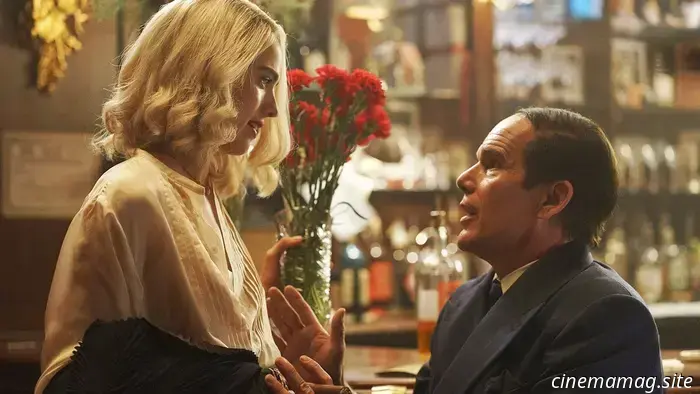 2025 BFI London Film Festival Critique – Blue Moon
Blue Moon, 2025. Directed by Richard Linklater. Featuring Ethan Hawke, Andrew Scott, Bobby Cannavale, and Margaret Qualley. SYNOPSIS: Chronicles the challenges faced by Lorenz Hart in his battle with alcoholism and…
2025 BFI London Film Festival Critique – Blue Moon
Blue Moon, 2025. Directed by Richard Linklater. Featuring Ethan Hawke, Andrew Scott, Bobby Cannavale, and Margaret Qualley. SYNOPSIS: Chronicles the challenges faced by Lorenz Hart in his battle with alcoholism and…
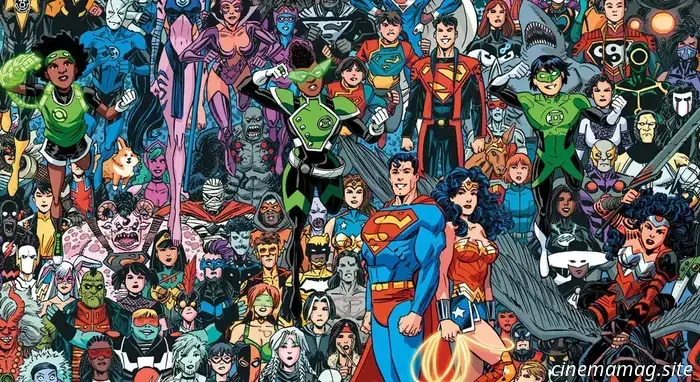 Comic Book Sneak Peek – New History of the DC Universe #4
The fourth issue of New History of the DC Universe will be released this Wednesday, and you can view the official preview below, provided by DC Comics... Barry Allen’s account of the history of the DC Universe...
Comic Book Sneak Peek – New History of the DC Universe #4
The fourth issue of New History of the DC Universe will be released this Wednesday, and you can view the official preview below, provided by DC Comics... Barry Allen’s account of the history of the DC Universe...
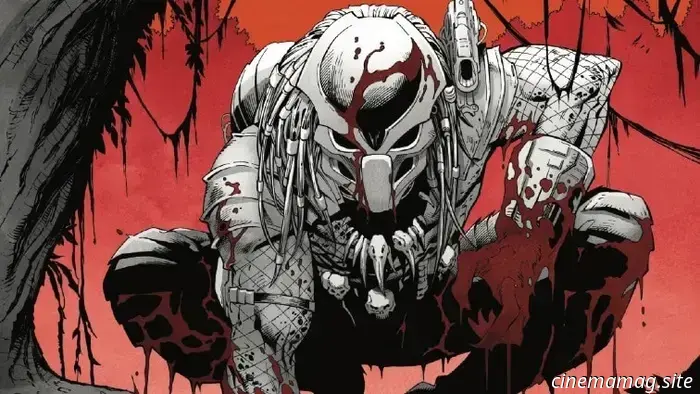 Comic Book Sneak Peek – Predator: Black, White & Blood #4
Marvel Comics will release Predator: Black, White & Blood #4 this Wednesday. Check out the official preview below for a glimpse of the issue... Experience the violent finale of Joe Kelly's story...
Comic Book Sneak Peek – Predator: Black, White & Blood #4
Marvel Comics will release Predator: Black, White & Blood #4 this Wednesday. Check out the official preview below for a glimpse of the issue... Experience the violent finale of Joe Kelly's story...
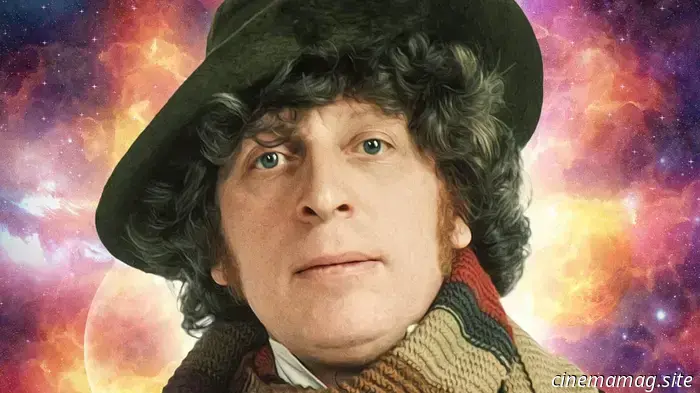 Doctor Who: The Fourth Doctor Adventures – The Ministry of Death is set to be released in March 2026.
New audio escapades featuring the Fourth Doctor and Sarah Jane Smith will be released by Big Finish in March 2026, titled Doctor Who: The Fourth Doctor Adventures – The Ministry of Death, which is a new full-cast box set.
Doctor Who: The Fourth Doctor Adventures – The Ministry of Death is set to be released in March 2026.
New audio escapades featuring the Fourth Doctor and Sarah Jane Smith will be released by Big Finish in March 2026, titled Doctor Who: The Fourth Doctor Adventures – The Ministry of Death, which is a new full-cast box set.
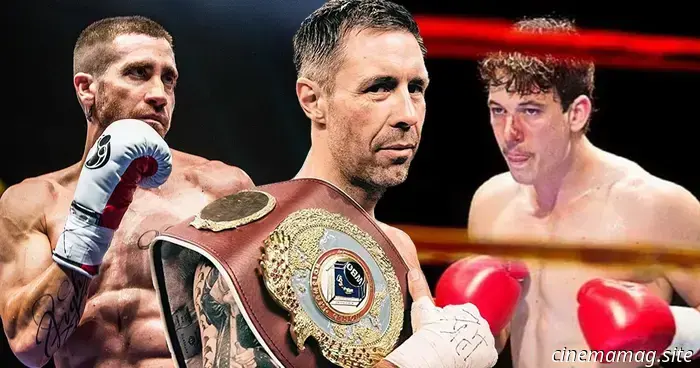 With an animated feature film directed by Duncan Jones on the way, Hiya Toys is adding Rogue Trooper to its Exquisite Super Series with a deluxe 1:12 scale action figure of the Genetic Infantryman from 2000 AD. Check out the official promotional images and details for the figure, which is currently available for pre-order ahead of a projected release in Q4 2026.
Created by Gerry Finley-Day and Dave Gibbons, Rogue Trooper is the blue-skinned soldier waging his own battle among the chemical clouds of Nu-Earth, caught between two conflicting and relentless armies. His only companions are the digital personas of his three fallen comrades, embedded in his gear. After his team is betrayed and murdered by a treacherous General, Rogue, along with his biochip friends Helm, Gunnar, and Bagman, sets out to find the traitor.
This intricately detailed figure includes four pairs of interchangeable hands, two alternate faces, and a variety of accessories. The set comes with Rogue Trooper’s signature rifle, helmet, and backpack, allowing fans to bring home Helm, Gunnar, and Bagman, complete with a bullet firing effect and muzzle smoke effect. Additional items include a robotic arm, a dagger, and two grenades.
Crafted from PVC, ABS, and real fabric clothing, the Rogue Trooper action figure is set to release in Fall 2025 and is an essential addition for any fan of the Genetic Infantryman.
About Gary Collinson: Gary Collinson is a producer and writer specializing in film, TV, and digital content. He founded the pop culture website Flickering Myth and produced the gothic horror film 'The Baby in the Basket' and the upcoming suspense thriller 'Death Among the Pines.'
With an animated feature film directed by Duncan Jones on the way, Hiya Toys is adding Rogue Trooper to its Exquisite Super Series with a deluxe 1:12 scale action figure of the Genetic Infantryman from 2000 AD. Check out the official promotional images and details for the figure, which is currently available for pre-order ahead of a projected release in Q4 2026.
Created by Gerry Finley-Day and Dave Gibbons, Rogue Trooper is the blue-skinned soldier waging his own battle among the chemical clouds of Nu-Earth, caught between two conflicting and relentless armies. His only companions are the digital personas of his three fallen comrades, embedded in his gear. After his team is betrayed and murdered by a treacherous General, Rogue, along with his biochip friends Helm, Gunnar, and Bagman, sets out to find the traitor.
This intricately detailed figure includes four pairs of interchangeable hands, two alternate faces, and a variety of accessories. The set comes with Rogue Trooper’s signature rifle, helmet, and backpack, allowing fans to bring home Helm, Gunnar, and Bagman, complete with a bullet firing effect and muzzle smoke effect. Additional items include a robotic arm, a dagger, and two grenades.
Crafted from PVC, ABS, and real fabric clothing, the Rogue Trooper action figure is set to release in Fall 2025 and is an essential addition for any fan of the Genetic Infantryman.
About Gary Collinson: Gary Collinson is a producer and writer specializing in film, TV, and digital content. He founded the pop culture website Flickering Myth and produced the gothic horror film 'The Baby in the Basket' and the upcoming suspense thriller 'Death Among the Pines.'
With an animated feature film directed by Duncan Jones on the way, Hiya Toys is adding Rogue Trooper to its Exquisite Super Series with a deluxe 1:12 scale action figure of the Genetic Infantryman from 2000 AD. Check out the official promotional images and details for the figure, which is currently available for pre-order ahead of a projected release in Q4 2026.
Created by Gerry Finley-Day and Dave Gibbons, Rogue Trooper is the blue-skinned soldier waging his own battle among the chemical clouds of Nu-Earth, caught between two conflicting and relentless armies. His only companions are the digital personas of his three fallen comrades, embedded in his gear. After his team is betrayed and murdered by a treacherous General, Rogue, along with his biochip friends Helm, Gunnar, and Bagman, sets out to find the traitor.
This intricately detailed figure includes four pairs of interchangeable hands, two alternate faces, and a variety of accessories. The set comes with Rogue Trooper’s signature rifle, helmet, and backpack, allowing fans to bring home Helm, Gunnar, and Bagman, complete with a bullet firing effect and muzzle smoke effect. Additional items include a robotic arm, a dagger, and two grenades.
Crafted from PVC, ABS, and real fabric clothing, the Rogue Trooper action figure is set to release in Fall 2025 and is an essential addition for any fan of the Genetic Infantryman.
About Gary Collinson: Gary Collinson is a producer and writer specializing in film, TV, and digital content. He founded the pop culture website Flickering Myth and produced the gothic horror film 'The Baby in the Basket' and the upcoming suspense thriller 'Death Among the Pines.'
With an animated feature film directed by Duncan Jones on the way, Hiya Toys is adding Rogue Trooper to its Exquisite Super Series with a deluxe 1:12 scale action figure of the Genetic Infantryman from 2000 AD. Check out the official promotional images and details for the figure, which is currently available for pre-order ahead of a projected release in Q4 2026.
Created by Gerry Finley-Day and Dave Gibbons, Rogue Trooper is the blue-skinned soldier waging his own battle among the chemical clouds of Nu-Earth, caught between two conflicting and relentless armies. His only companions are the digital personas of his three fallen comrades, embedded in his gear. After his team is betrayed and murdered by a treacherous General, Rogue, along with his biochip friends Helm, Gunnar, and Bagman, sets out to find the traitor.
This intricately detailed figure includes four pairs of interchangeable hands, two alternate faces, and a variety of accessories. The set comes with Rogue Trooper’s signature rifle, helmet, and backpack, allowing fans to bring home Helm, Gunnar, and Bagman, complete with a bullet firing effect and muzzle smoke effect. Additional items include a robotic arm, a dagger, and two grenades.
Crafted from PVC, ABS, and real fabric clothing, the Rogue Trooper action figure is set to release in Fall 2025 and is an essential addition for any fan of the Genetic Infantryman.
About Gary Collinson: Gary Collinson is a producer and writer specializing in film, TV, and digital content. He founded the pop culture website Flickering Myth and produced the gothic horror film 'The Baby in the Basket' and the upcoming suspense thriller 'Death Among the Pines.'
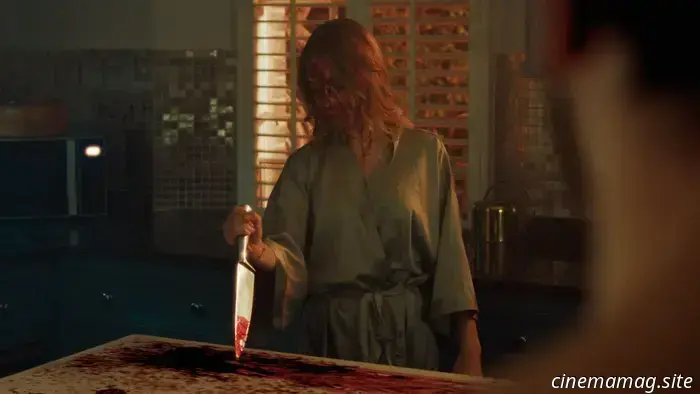 In the trailer for the time loop horror film Manor of Darkness, death is imminent.
A poster and trailer have been released online for director Blake Ridder's forthcoming horror film, Manor of Darkness. The story centers on siblings Laura and Chris who, along with their friends, conceal th…
In the trailer for the time loop horror film Manor of Darkness, death is imminent.
A poster and trailer have been released online for director Blake Ridder's forthcoming horror film, Manor of Darkness. The story centers on siblings Laura and Chris who, along with their friends, conceal th…
Reasons Why the 80s and 90s Were the Most Enjoyable Period for Cinema
Let's reminisce about the 80s and 90s and discuss why it was the most delightful period for moviegoers… Come closer, kids, as I reflect nostalgically on a time from my youth…
